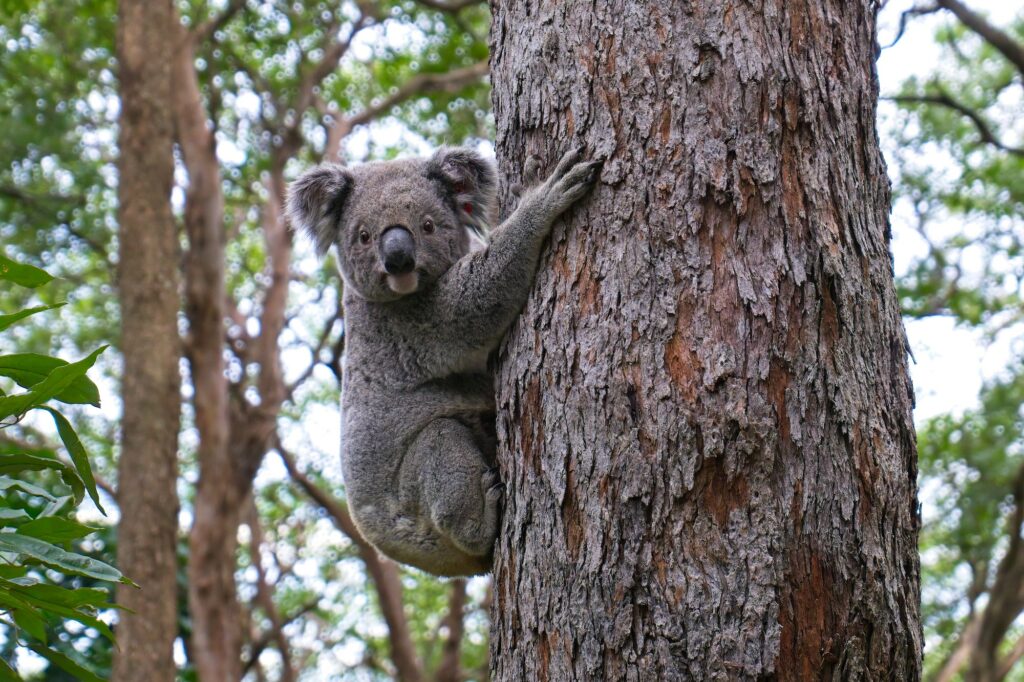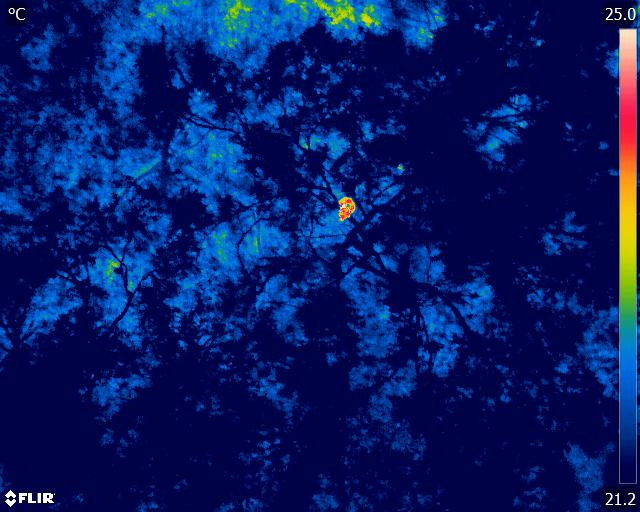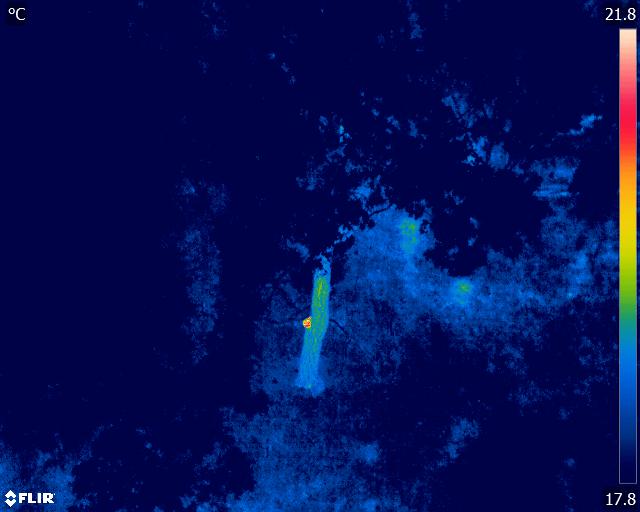Koala x Turner Family Foundation
ENDANGERED SPECIES
Koala populations are in trouble across eastern Australia and were recently listed as Endangered by the Australian Government. However, there are private landholders such as the Turner Family Foundation who play a pivotal role in helping to understand and manage local koala populations, such as the Hidden Vale population in South-east Queensland. Such private contributions to koala conservation are giving koalas a helping hand by protecting their habitat and studying their movements, diet and survival in the wild so they can better manage and protect them.
However, despite their sleepy demeanor during the day and their large size, koalas are notoriously difficult to find in natural environments, making the management and study of this species particularly challenging. The first step to addressing this, is to find the koalas so you can effectively monitor their population size and to observe them to see if they have any young and to check on their health.
Although techniques such as spotlighting, scat surveys and detection dog surveys have traditionally been used to determine the presence and abundance of koalas at a site, and to help locate them for catching and tagging, there is increasing evidence that such techniques are limited in their ability to provide reliable population monitoring data, especially over large areas.
Therefore, if you really want to understand where koalas go and what they do under the cover of darkness, nothing quite beats using drone technology, including thermal and radio/GPS tracking sensors, to shed light on the secret lives of koalas and provide repeatable and reliable methods for long-term monitoring of populations and individuals.
Therefore, the Turner Family Foundation engaged Wildlife Drones to do some radio-tracking of tagged koalas, as well as demonstrate a thermal survey at a site in Hidden Vale.
Prior to the thermal survey, 12 koalas had been detected and monitored in an area that had been studied intensively for over two years. However, after a single session with the drone and thermal camera, the benefits of thermal imaging by specialised drone pilots were very quickly realised.
Wildlife Drones easily detected 19 koalas in the immediate area and were also able to detect other species like kangaroos, possums, flying foxes, galahs and numerous other birds roosting in the trees in the area, demonstrating just how efficient, accurate and insightful thermal imaging drone can be, even in areas that are readily accessible and well surveyed.
They’re suddenly popping out in the trees here – we thought there were a good number in this area, but the numbers just keep climbing (19 koalas)! This means we can now scope out those areas and get collars on the extra koalas as well which is fantastic.
Zeke Davidson



Categories: #ThreatenedSpecies

